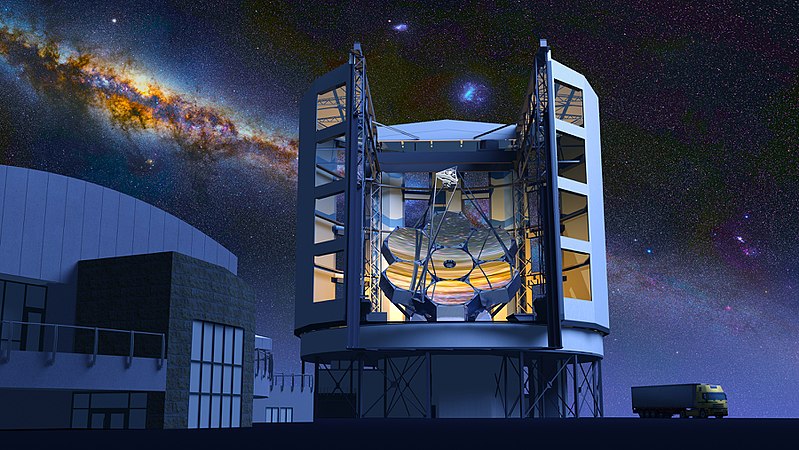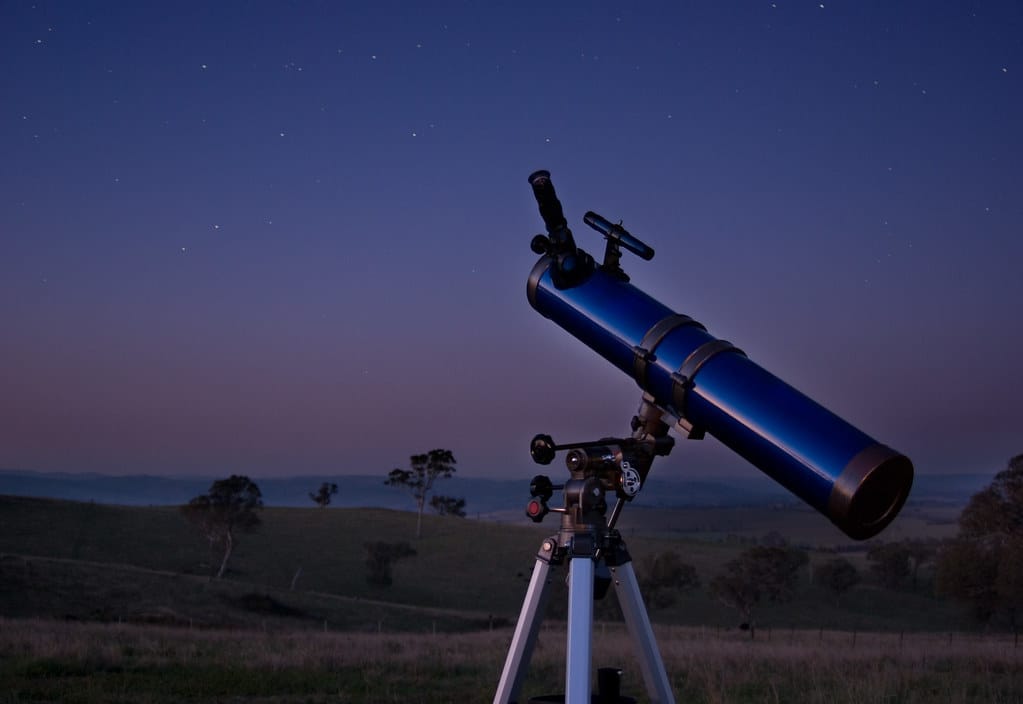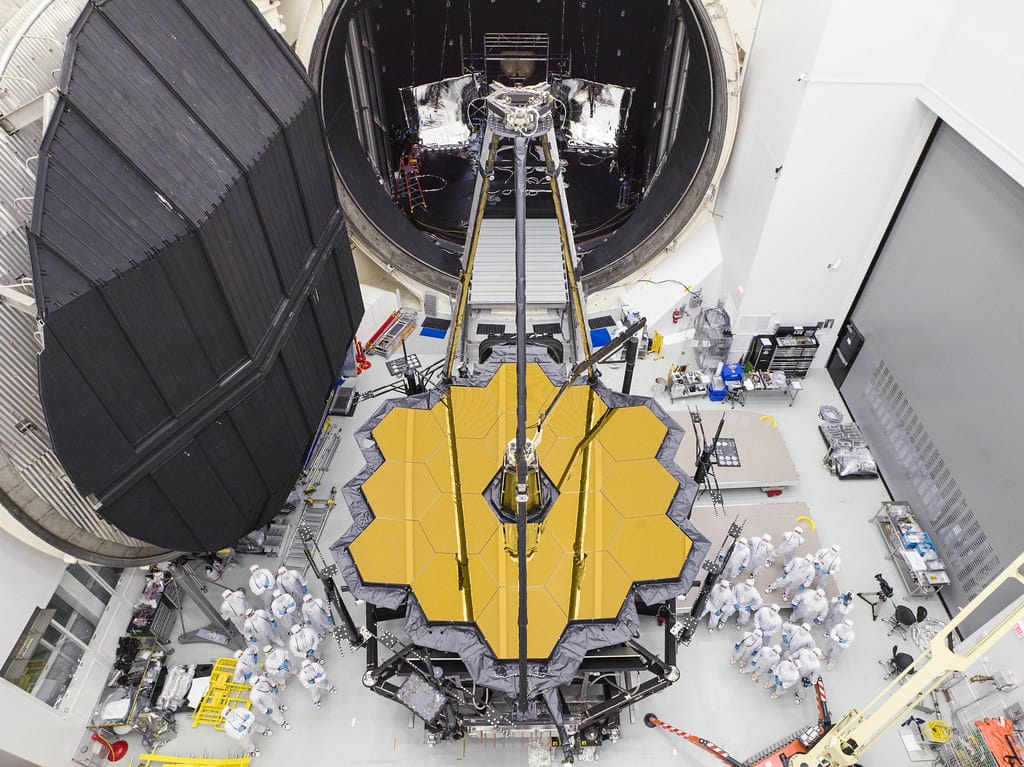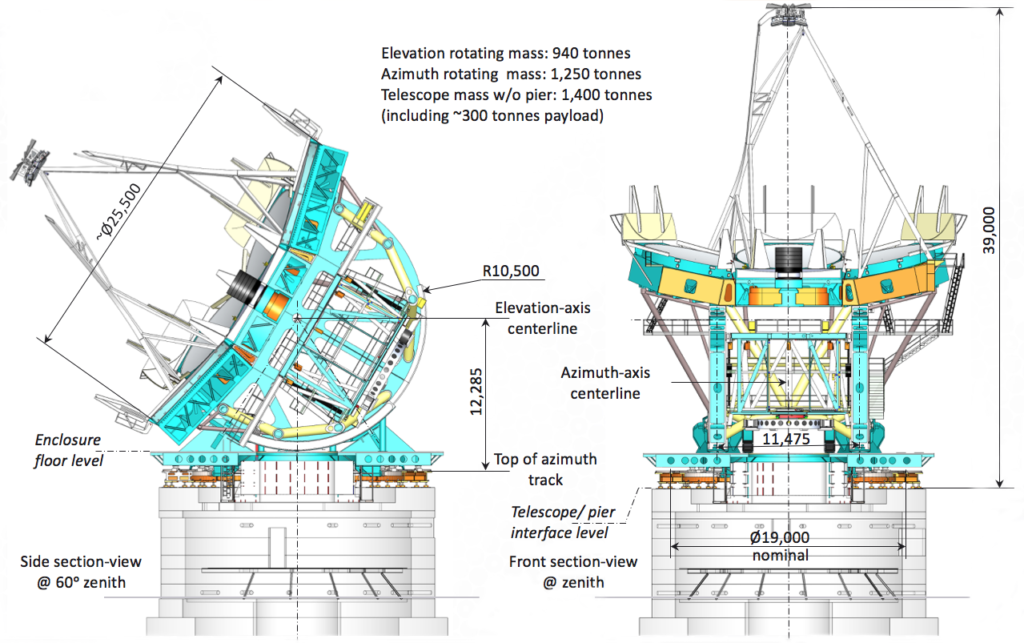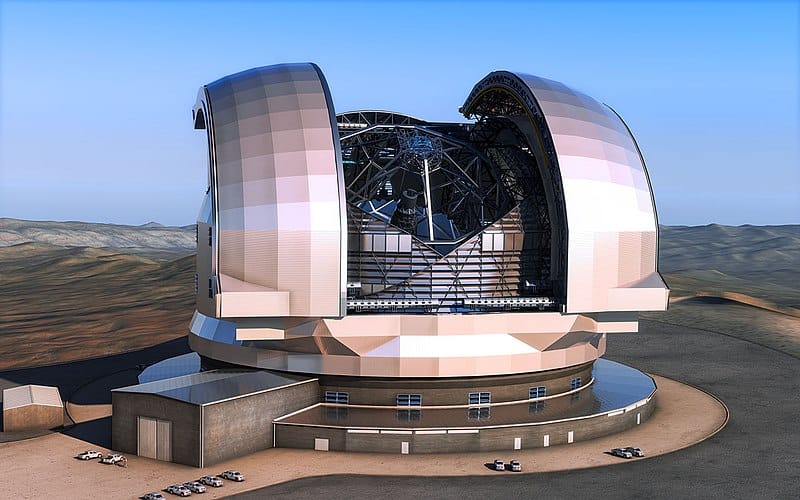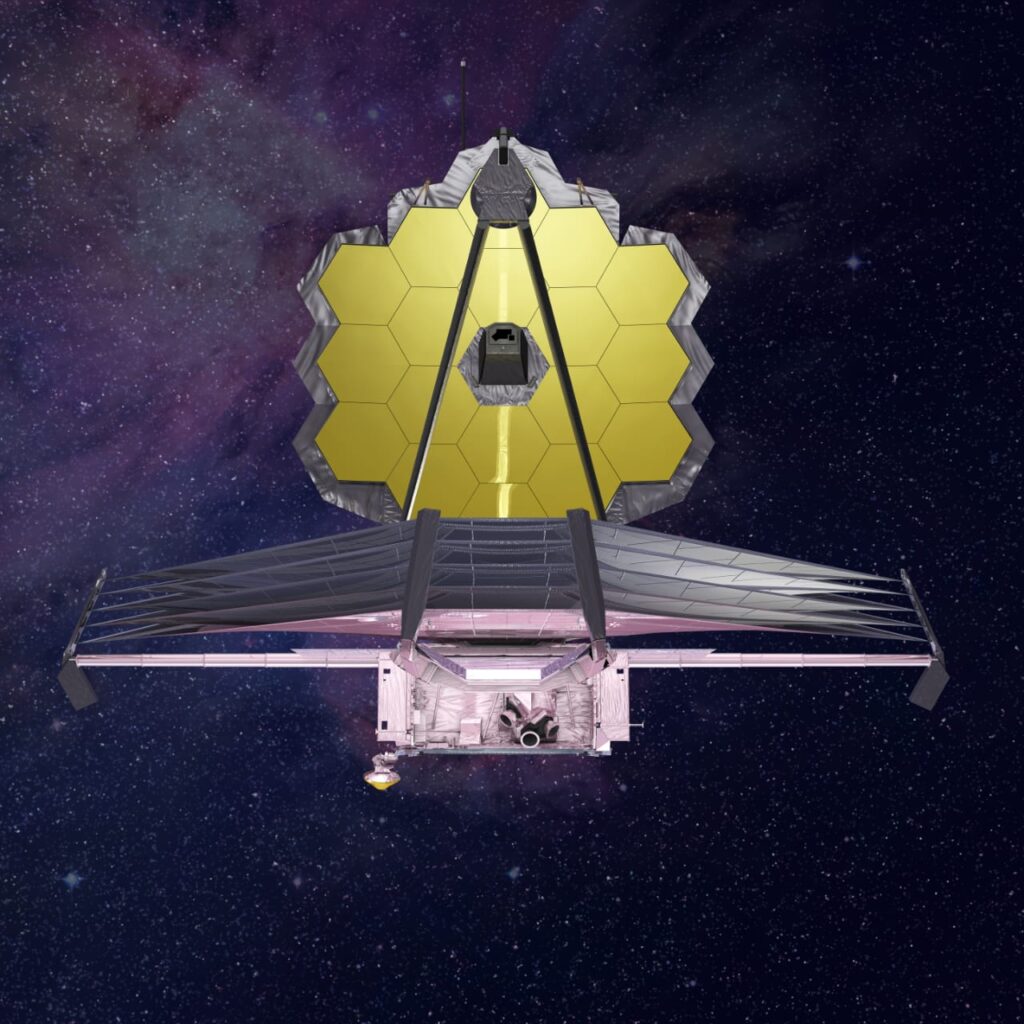Since your childhood, you must have heard of different stories regarding space, stars, planets and myths associated with them. Humans have been looking at the sky since we have had eyes, thinking what it has in store for us. Every time something new is discovered, we are left in awe of what we see.
From ancient times, we have been navigating through stars. We discovered and got to know newer planets in our solar system and outside it. What were the instruments we used to see them?
We used telescopes to see these far-off objects. In 1609, Galileo Galilei became the first to point a telescope in space. Our modern astronomy took birth at that point. Since then, with advancements in technology, we have made better telescopes that have enabled us to locate far off things.
Today, we have much more advanced, new-age telescopes (Giant Magellan) with technologies that Galileo wouldn’t have ever imagined. So, this article is James Webb Space Telescope: 100 times Faster than Hubble Telescope and how they enable us to do better research!
What is a telescope?
Since the early ages, we have been looking towards the sky through various instruments. At the earliest, Galileo used some combination of glass lenses which over time has developed into sophisticated instruments.
Telescopes are the instruments used by astronomers and scientists to study the various dimensions of the universe. From their invention to the current date, telescopes have evolved a great deal and are expected to improve much more.
Different types of telescopes
There are two types of telescopes:
- The reflecting-type telescope which uses the principle of reflection of light
- The refracting-type telescope which uses refraction of light.
What are some new-age telescopes?
Since the last few decades, the number of newer exoplanets (planets that are outside our solar system) that have been discovered has risen exponentially. Till now, nearly 3800 exoplanets have been discovered in over 2800 planetary systems.
Along with these, more than 2700 additional planets are waiting for their confirmation. The question that arises is how has research extended to this level? The amount of findings and discoveries is a clear picture of the advanced technology we have been using.
New-age modern telescopes such as the James Webb Space Telescope, Giant Magellan, VLT and many more have revolutionised our research in the field. Let us know a bit more about these telescopes and get to know their specialities.
Related: What is the current status of the james webb telescope?
What will the James Webb Space telescope be able to see?
The main purpose of its creation was the need and urge to look at more far-off things in space. Due to the advanced technologies used, the Webb telescope will be able to see inside the dust clouds. Its huge power will allow the researchers to study the far-off black holes in our galaxy and even the one residing at the centre of our galaxy.
How is the Giant Magellan Telescope different from other telescopes?
The Giant Magellan telescope is one of the world’s planned extremely large telescopes. It has a primary mirror which will be a segmented mirror having seven stiff mirror segments. Six of these segments will surround the seventh central segment forming an optical surface of 24.5 metres. Designers of the telescope say that it will be 10 times more powerful than the Hubble Space telescope.
What is the structure of the Magellan Telescope?
The telescope will be constructed at Chile’s Las Campanas Observatory. The commissioning of the telescope is scheduled to begin this year itself. The first seven primary mirrors will reflect light from the edge of the universe.
It will reflect again off the seven secondary mirrors to travel down through the central primary hole to form a single focus on various instruments. These instruments will further analyse this light.
Related: NASA’s James Webb Space Telescope is set up for launch on 22 December
Why has been Chile chosen as the location for the Giant Magellan Telescope?
The GMT is situated in the Atacama Desert in Chile. It provides a huge advantage to the telescope in terms of visibility through the atmosphere. The region is one of the driest and highest parts of the Earth.
The GMT will have ideal conditions for almost 300 nights a year. The region is completely barren of vegetation due to lack of rainfall and has an altitude of 2550 metres. All these factors make the location ideal for the GMT.
The European Extremely Large Telescope (E-ELT)
The E-ELT is the world’s largest optical/near-infrared telescope in construction. Under the European Southern Observatory, it is built on top of the Cerro Armazones in the Atacama Desert in Chile at a height of 3000 metres. The E-ELT is expected to see its first light by 2024.
What can the E-ELT discover?
According to reports, it will house a primary mirror of 39.3 metres. This will be able to collect more than 13 times the light any current telescope could gather.
The telescope will be a bigfoot ahead in the knowing some crucial answer such as whether there are more Earth-like planets or not! It will also take part in finding new habitable planets and most probably look for signs of alien life.
Very Large Telescope (VLT)
Located in the Atacama Desert in Chile, VLT is a four-unit telescope that boasts 8.2 metres of mirrors. Any one of this instrument can see objects that are 4 billion times fainter than what we can see with our normal vision.
What is the status of the new Thirty Meter Telescope?
A new-age telescope that will allow us to see the world beyond our imaginations, the TMT is equipped with a 30-metre prime mirror diameter. It will be three times wide and see nine times more area than the current largest existing telescope. The images provided by TMT will be more than 12 times sharper than the Hubble Space telescope.
How these modern instruments are helping us to reach newer heights?
Over the recent decades, the number of successful researches that have been done is the sign of advanced technology. But now researchers and astronomers are looking more at characterisation.
Scientists are looking to search the atmosphere and surfaces of the exoplanets. A study suggests that new-age telescopes will be the game-changer. The study indicates the current methods of telescoping get much weaker as the exoplanets get far off from the sun. The people behind this study say that direct imaging will be a more effective method for better characterisation of planets.
The planets discovered are very young and have temperatures exceeding 500 degrees Celsius. As a result, scientists don’t have much information regarding the atmospheres of these exoplanets.
This is because current telescopes don’t have the power to image these smaller exoplanets. Characterising planets within 5AU of their stars would require telescopes of 30-meter aperture with much more advanced optics.
What can these telescopes discover?
These next-gen features and adaptive optics instruments include the Giant Magellan Telescope, James Webb Telescope and the Thirty Meter telescope. These new-age telescopes will help us to characterize the planets much better and even look for possible life on them. They might be even able to study planets the size of Earth. Direct imaging will allow direct probing of the atmosphere and its surface.
The new-age telescopes like GMT, VLT, James Webb and TMT will allow astronomers to get a much better view and the idea of the demographics of the smaller planets that orbit their stars. These instruments might even detect some signs of life on any of these planets but with such telescopes as well, it might be quite difficult though.
The main thing the study highlights is that these new-age modern telescopes can help us reach newer heights in the astronomical world. The 30-metre telescopes can do amazing studies of the exoplanets and who knows we might able to see some signs of foreign alien life.
Also read: NASA’s James Webb space telescope journey to space
What is the future of James Webb Space Telescope?
The future of telescopes seems to be bright, bright enough to capture more light from far-away distances in the universe. A potential new telescope is the Lynx. It would uncover the invisible part of the universe by detecting the high-energy X-ray radiations.
These types of radiation are not visible to the human eye. This essentially means that this instrument can be used to search objects like back holes and supernovas. New-age telescopes will take the research to a next level.
Conclusion
Looking into space has been everyone’s hobby. While with our naked eye, we only can see things like the moon or some distant stars, but with instruments called telescopes, we can possibly see the other end of the universe.
With technological advancements, the James Webb Space Telescope: 100 times faster than Hubble Telescope, astronomers can detect the atmosphere and surface of planets outside our solar system. These modern telescopes will take the field of astronomy to the next level.
Who knows, we might be able to see some signs of life on any of these planets in future. Till that moment, these instruments are our eyes to see the universe, of which we are just a small part.
———————————————
If you have been reading this article till here, a big thanks to you. If you love more on space and want to know more about the crazy stuff going around us in this universe, you can check out our other articles.
If you want to know about the terraformation of Mars, you can check out our article “What happens if we successfully terraform Mars?” If you have any recommendations for us or want us to write to us on any topic, do drop in your ideas in the comment section below.
Frequently asked questions
-
Q- Why is the James Webb Space Telescope special?
Answer: This telescope was special since it was considered the replacement to the iconic Hubble. But, the James Webb telescope is designed to look in the infrared which makes it the successor to Spitzer Space Telescope. It is three times in size as compared to the Hubble.
-
Q- Who is developing the TMT?
Answer: The Thirty Meter Telescope is being developed and designed by TMT International Observatory LLC. The organisation is a non-profit partnership between various research institutes and universities from all across the globe.
-
Q- What other telescopes are planned in the future?
Answer: In the 2030s, NASA is possibly going for four more designs: the Origins Space Telescope, Lynx X-ray surveyor, LUVOIR and HabEx.
-
Q- Who proposed the first space telescope?
Answer: An American theoretical astrophysicist Lyman Spitzer in 1946 proposed a telescope in space.
-
Q- What is the next big telescope?
Answer: The James Webb telescope will be the most powerful and complex space telescope which will change our understanding of the universe.
